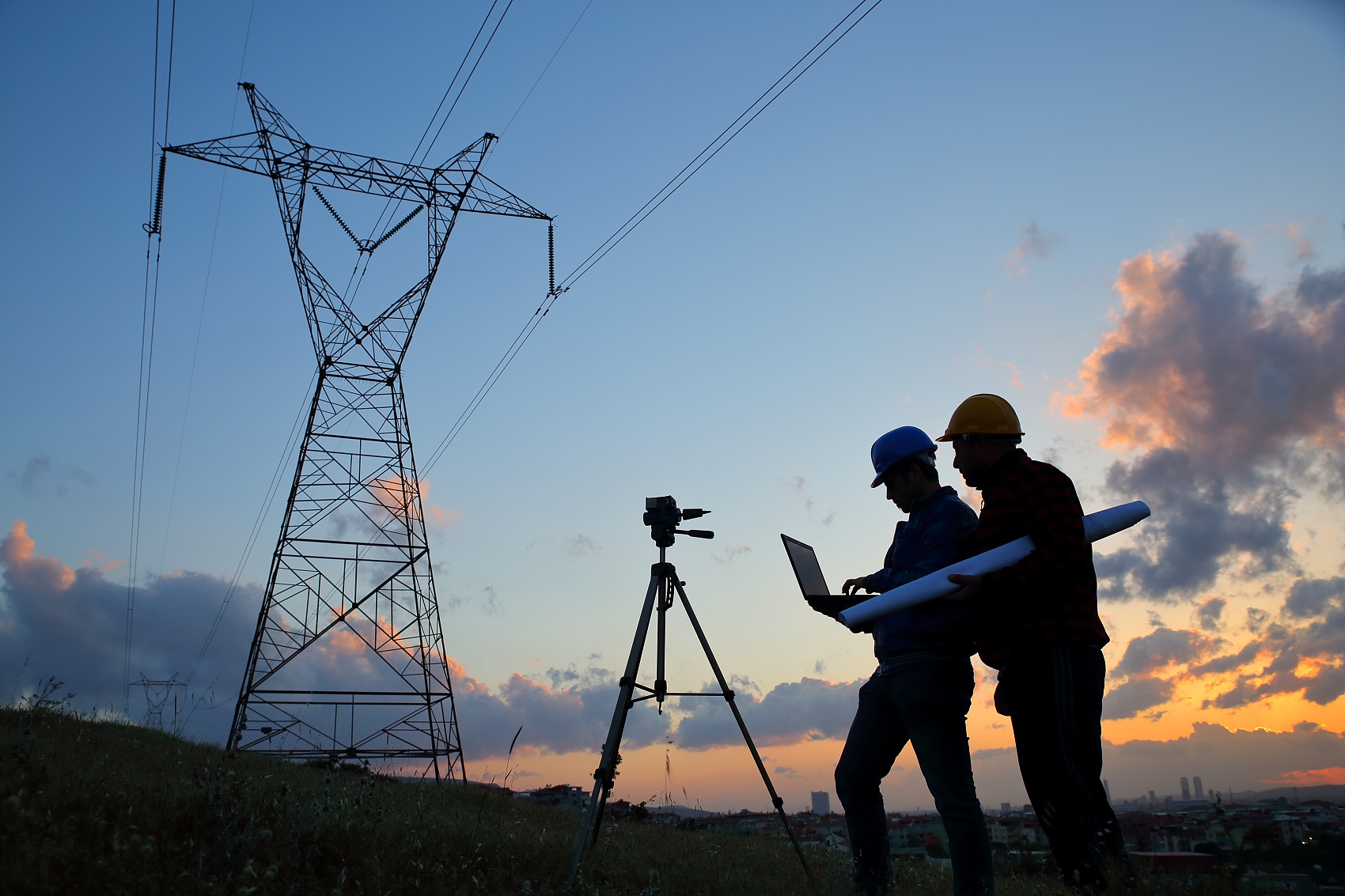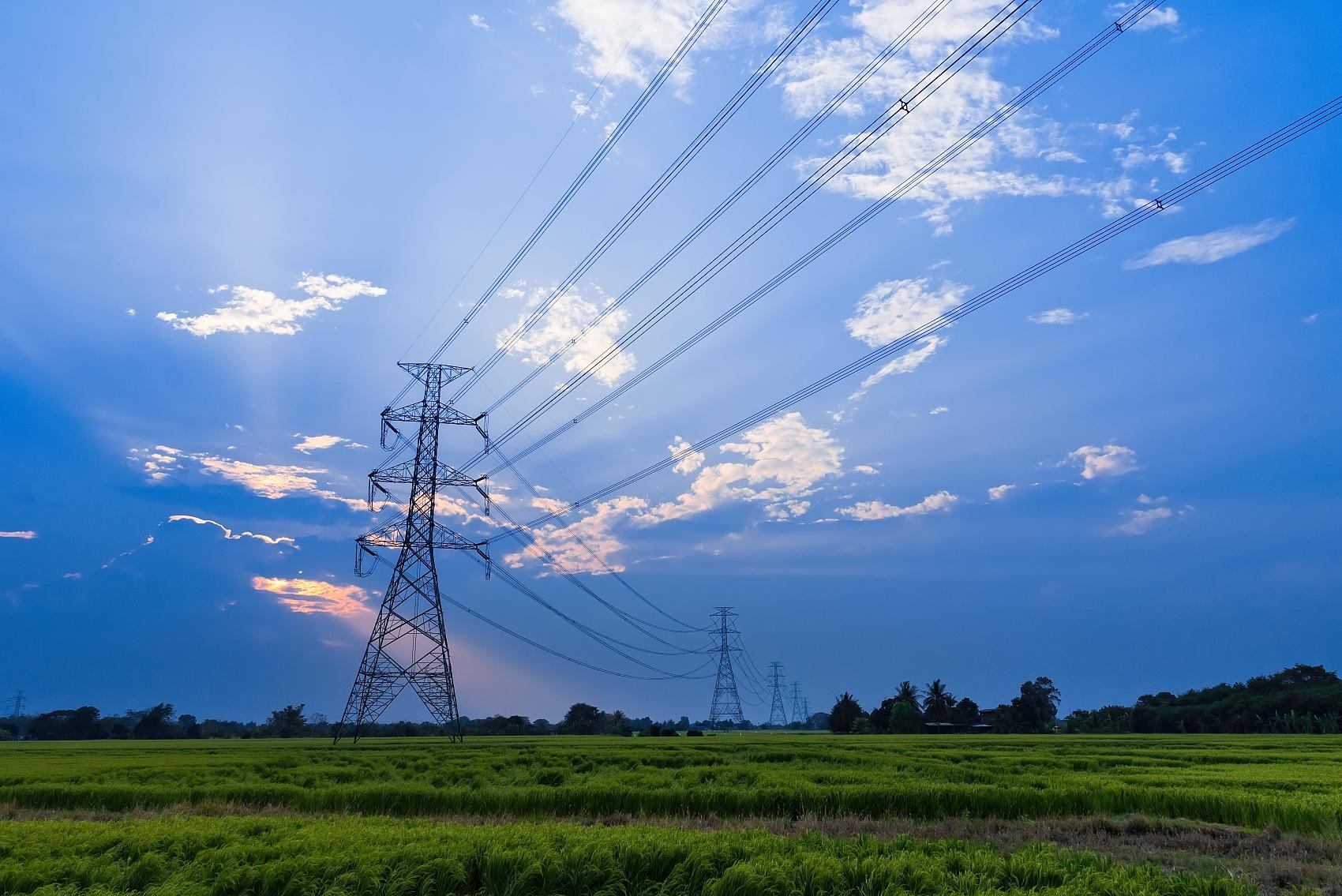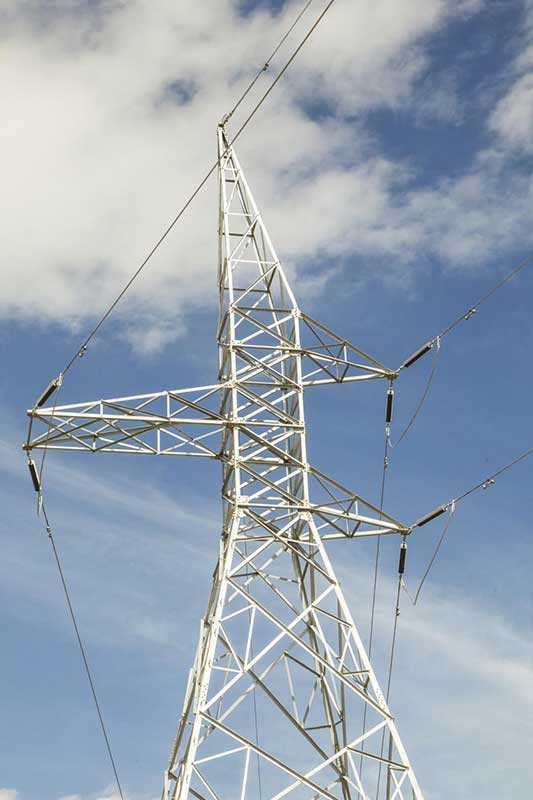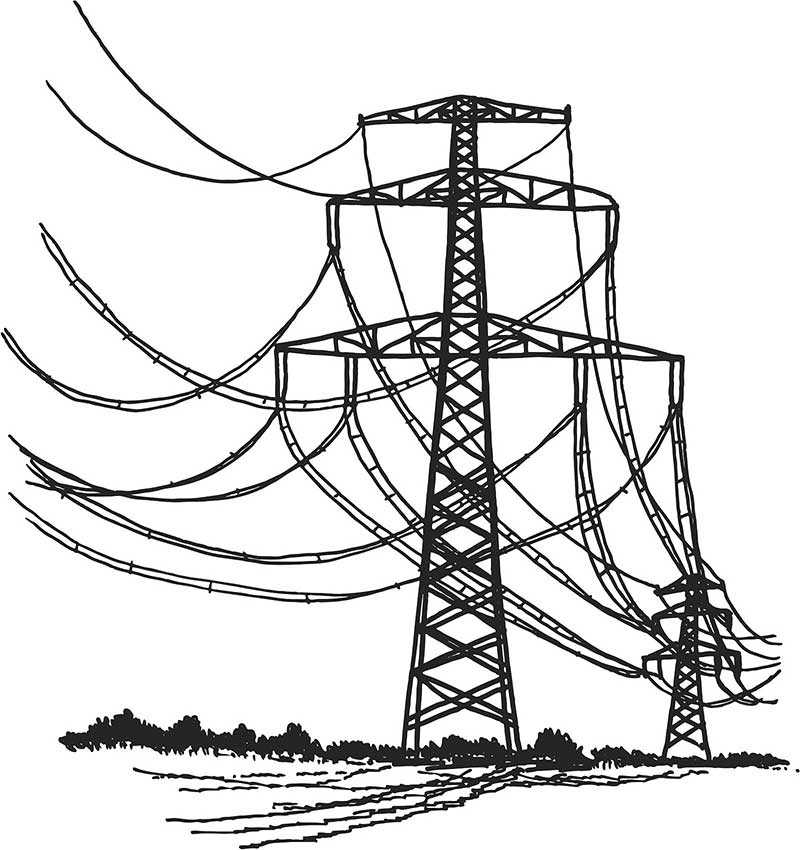
I. Introduction High voltage is a powerful tool that is used in a variety of settings, from power plants and industrial facilities to medical equipment and laboratory experiments. However, high voltage can also be dangerous if not handled properly, leading to serious accidents and even fatalities. Therefore, it is crucial to understand how to use high voltage in a safe way to prevent accidents and ensure the well-being of workers and the public. In this essay, I will discuss the importance of using high voltage in a safe way, the risks associated with high voltage, safety precautions, training and education, emergency procedures, and the importance of ongoing safety measures.
II. Understanding High Voltage High voltage is defined as any voltage that is above 1,000 volts. It is dangerous because it can cause electric shock and burns, which can be fatal. High voltage can also cause explosions and fires, leading to property damage and injuries. There are different types of high voltage systems, including power transmission lines, transformers, and electrical equipment. These systems are used in a variety of settings, including power plants, factories, hospitals, and laboratories.
III. Safety Precautions Safety is paramount when working with high voltage. Workers must be aware of the risks and take appropriate safety measures to prevent accidents. Safety equipment, such as personal protective equipment (PPE), insulated tools, and safety barriers, should be used when working with high voltage. Procedures, such as lockout/tagout, should be followed to ensure that equipment is de-energized before maintenance or repair work is performed. High voltage equipment should be properly grounded to prevent electric shock. Workers should also be trained on how to safely work with high voltage and be aware of the potential hazards associated with high voltage systems.

IV. Training and Education Proper training and education are crucial for workers who work with high voltage. Workers should be trained on how to properly use safety equipment, how to follow safety procedures, and how to properly ground high voltage equipment. Training should also cover the potential hazards associated with high voltage systems, as well as emergency procedures in case of an accident. There are different types of training and education available for those working with high voltage, including classroom training, hands-on training, and online courses. Ongoing training and education are also important to keep up with changing technology and safety standards.
V. Emergency Procedures Having emergency procedures in place is important when working with high voltage. Workers should be trained on what to do in case of an emergency, such as a power outage or electrical shock. Emergency procedures should include steps for shutting down equipment, contacting emergency services, and administering first aid. Workers should also be aware of the potential hazards associated with high voltage systems and should know how to respond in case of an emergency.
VI. Conclusion Using high voltage in a safe way is crucial to prevent accidents and ensure the well-being of workers and the public. Safety precautions, proper training and education, and emergency procedures are key components of using high voltage in a safe way. Ongoing safety measures are also important to keep up with changing technology and safety standards. By following these guidelines, workers can use high voltage in a safe and effective way, while minimizing the risk of accidents and injuries.


